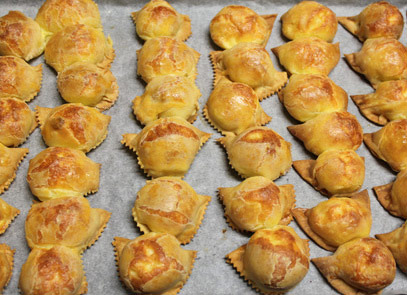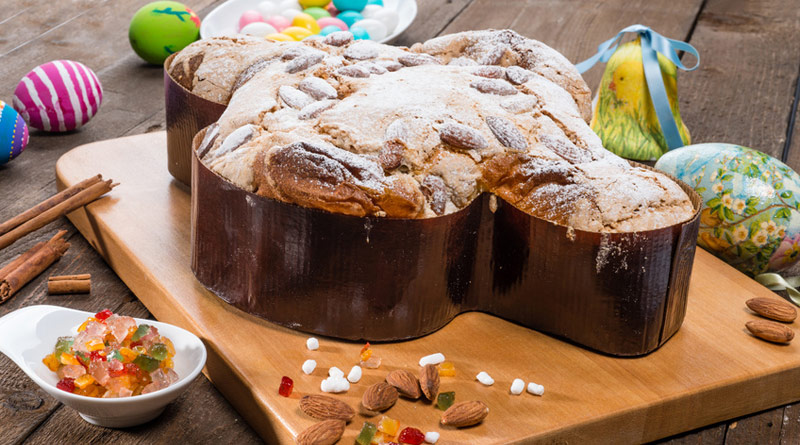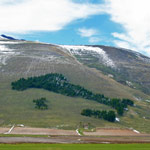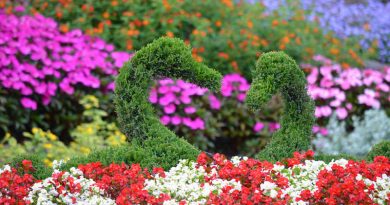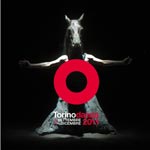10 Traditional Easter Foods in Italy
Easter is one of the important holidays in Italy, which is also reflected in the country’s food traditions, as illustrated by the many different foods that are consumed almost exclusively during that period of the year.
Lamb (symbolizing life) and eggs (symbolizing rebirth) are always part of the celebration, either as part of the Easter lunch or as gifts (chocolate Easter eggs).
Another ubiquitous Italian Easter food is the Colomba, symbolizing a peace dove. While its tradition does not go back further than the 1900s (notwithstanding the many legends), today it has become one of the traditional Easter Foods consumed in Italy.
In Italy Easter spans over two days, Pasqua (Easter day) and Pasquetta, the Monday following Easter (literally “little Easter”), which is also a holiday in Italy).
1. Colomba
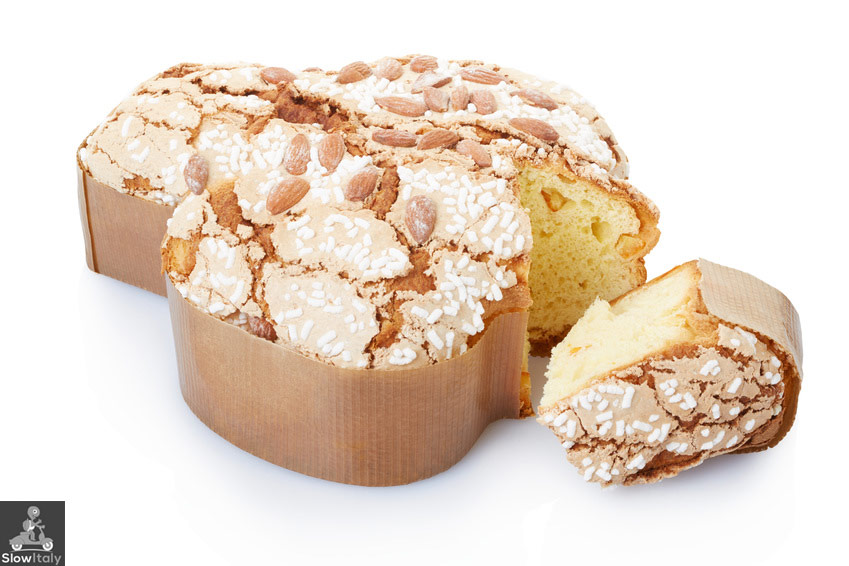
Developed as the Easter equivalent of the Christmas panettone and pandoro, Colomba pasquale is a dove-shaped Italian cake, as a symbol for peace. Its dough is similar to that of the panettone, but with candied peel instead of raisins, and topped with almonds and pearl sugar. Like panettone, it is rather time-consuming to make, as the dough must ferment and rise very slowly so as to triple its original volume. Therefore, it is one of the few products that is not usually home-made, but bought at the bakery or store, even in Italy. It is consumed at breakfast during the Easter holidays or as a merenda (afternoon snack).
2. Lamb
Traditionally the main dish of the Easter meal consists of lamb. A traditional Easter dish in Rome and the Lazio region are, for example, crispy lamb ribs, known as abbacchio a scottadito (literally meaning “burnt finger”) with fresh artichokes, which are the seasonal vegetables par excellence at that moment.
Another typical Eastern dish is cosciotto al forno con le patate (roast leg of lamb with potatoes), popular in Piemonte, Friuli Venezia Giulia, Veneto, Campania and other regions of Italy.
Cutturidd, a typical Easter dish from Puglia and Basilicata, originally prepared in a terracotta pan in the fireplace, is a stew made from lamb with various vegetables and spices.
In Trentino there are also the polpettine pasquali (Easter meat balls) made with ground lamb meat, parsley, shallots and rosemary.
In Rome, another traditional Easter dish is abbacchio alla romana, baby lamb cooked in wine, anshovis, rosemary and garlic.
In Molise and Abruzzo the typical Easter dish is agnello cacio e uova, lamb with cacio (a semi-soft cheese) and eggs, uniting two of the most symbolic ingredients of Easter.
3. Easter eggs
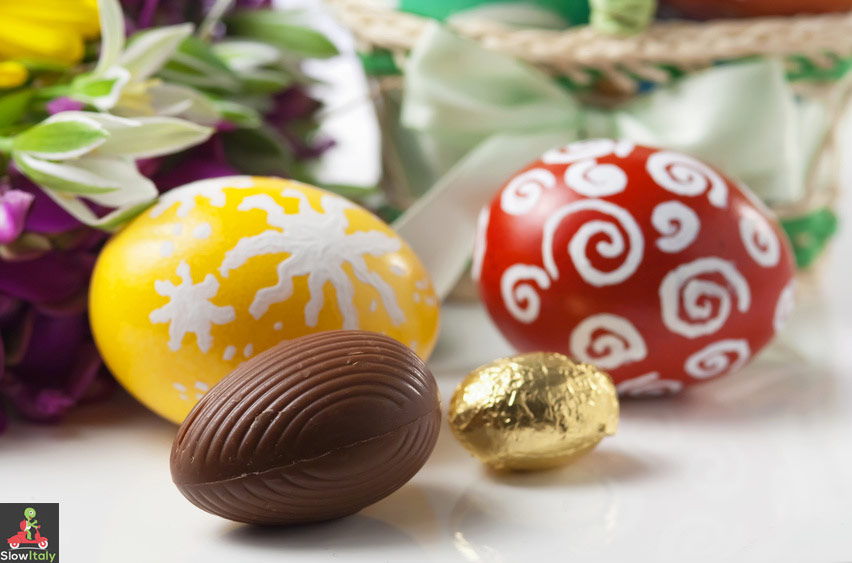
Symbolizing rebirth, Easter eggs are everywhere in Italy, either as chocolates or as decorated boiled eggs.
4. Fresh beans
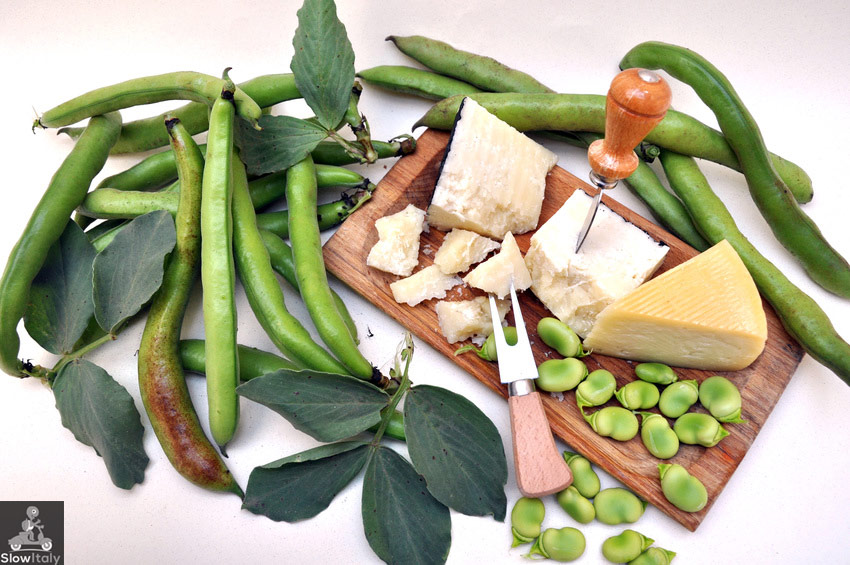
On Pasquetta, fresh beans (broad beans or fava bean), are consumed with pecorino cheese as a snack or appetizer in Lazio and the southern regions of Italy. The tradition goes back to Ancient Roman times.
5. Salami with boiled eggs
A plain dish served for easter as an appetizer are salame e uova sode (salami and boiled eggs) known as fellata di pasqua. Symbolically the eggs represent rebirth and the salami the fortune of the farmers, who awaited the festivities to put the salami on the table.
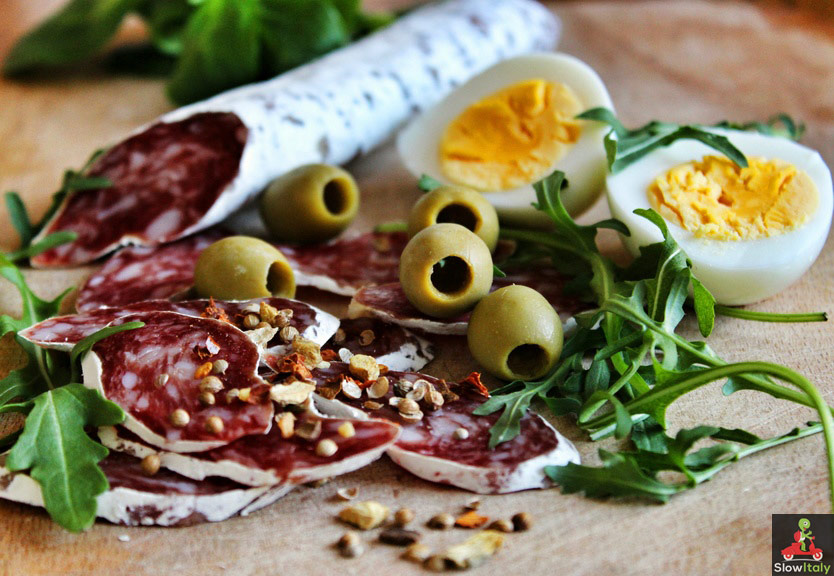
6. Pastiera napoletana
Pastiera napoletana is a typical Easter cake made of a shortcrust pastry with a filling of ricotta cheese, eggs, and cooked wheat berries, flavored with orange flower water.
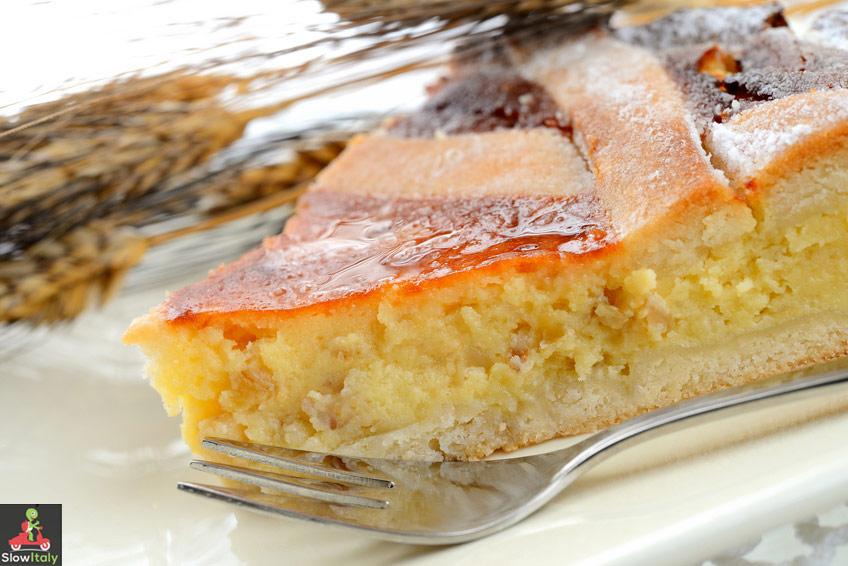
It is traditionally prepared on Holy Thursday or Good Friday to ensure that the ingredients have enough time to infuse and rest before it is consumed on Easter Sunday. In the original Neapolitan recipe the pastry is made with lard instead of butter, which renders the cake extra soft.
7. Casatiello napoletano
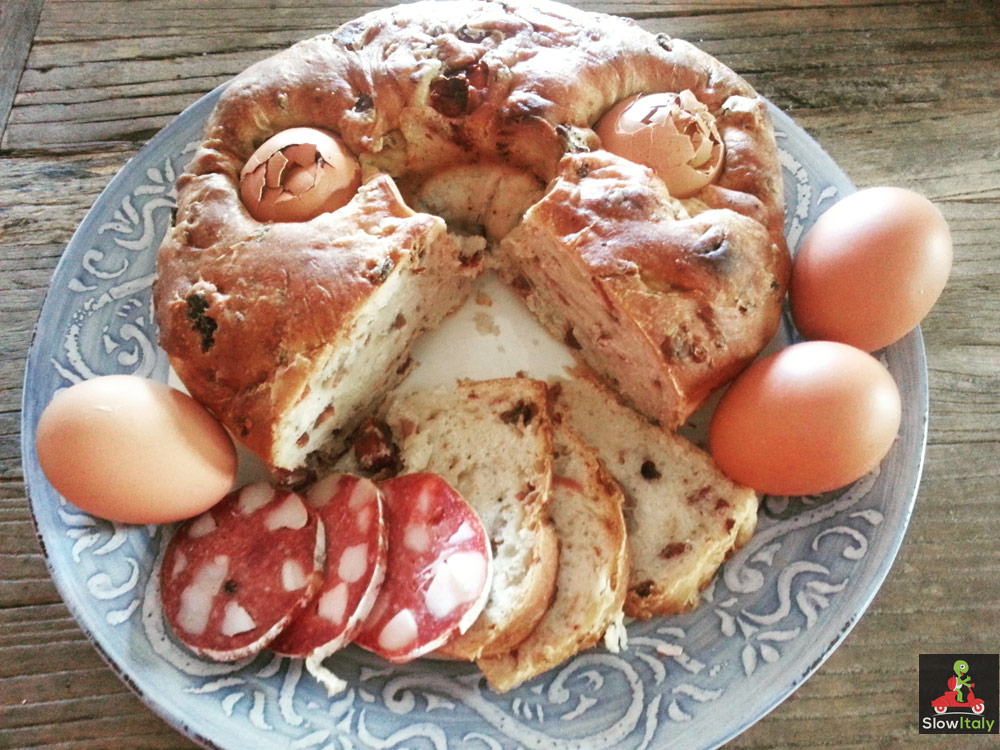
Popular in Lazio and Campania the casatiello is a rustic cake stuffed with cheese, pancetta, salami and whole eggs.
It is traditionally eaten on the evening of Holy Saturday, but remains soft for several days thanks to the presence of suet in the mixture.
8. Pizza di Pasqua
Also known as crescia di Pasqua or torta al formaggio, Pizza di Pasqua is a salt cake typical of central Italy served for breakfast on Easter or as antipasto during the Easter meal. It is made with flour, eggs, pecorino, parmigiano.
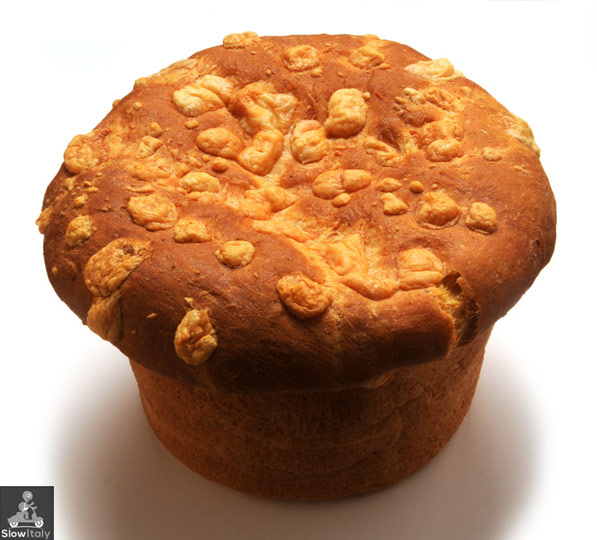
9. Torta Pasqualina
A salt pie made of 33 layers of phyllo sheets (the number of years of life of Christ) following an ancient recipe believed to date back to 15th century Genoa. It is stuffed with chard or artichokes, eggs and seasoned with marjoram or other herbs.
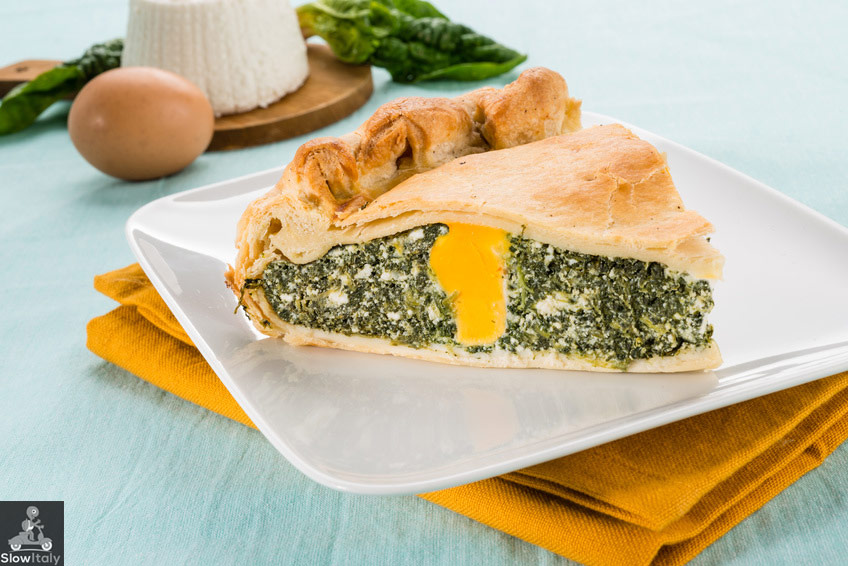
The cheese used in the traditional recipe was Prescinsêua (a soft curd cheese with a slightly sour taste, halfway between ricotta and kefir), but its is now often replaced with ricotta, as Prescinsêua is becoming increasingly rare.
10. Scarcella and Fiadoni
Scarcella is an Easter cake originary from Puglia, but known in all of Southern Italy. It is made of shortcrust pastry decorated with Easter motives.
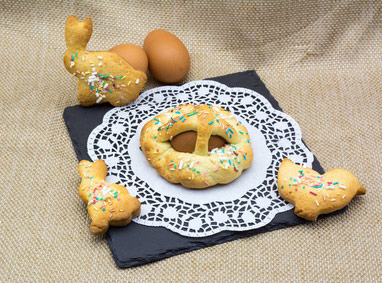
Fiadoni are typical Easter pastries served in Abruzzo.
